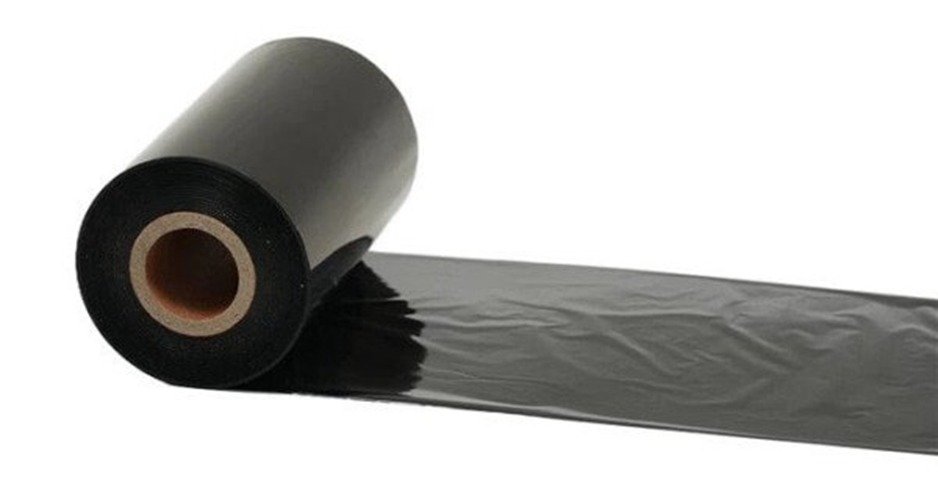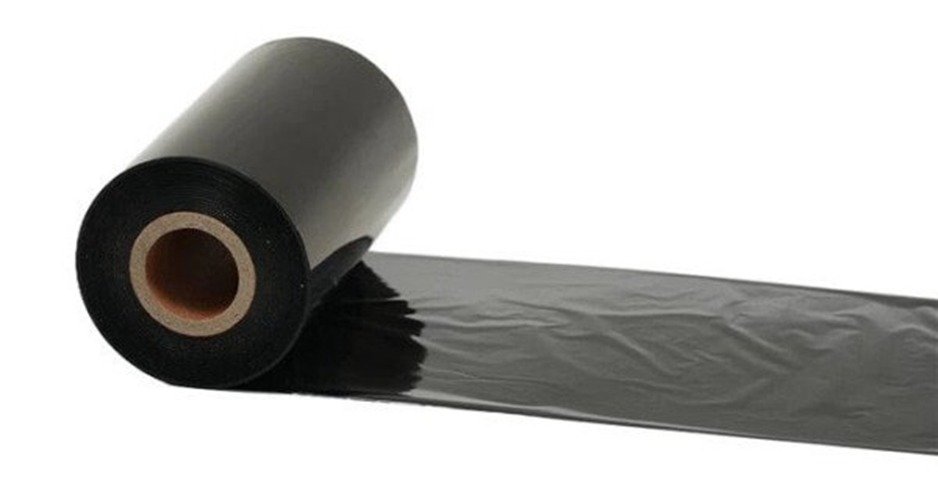In today’s digital age, the tangible aspects of documentation and branding remain essential. Computer paper, letterheads, and thermal transfer ribbons play a significant role in maintaining professional standards and effective communication. This article delves into the intricacies of choosing and using these materials effectively, ensuring that your documents not only look great but also serve their intended purpose efficiently.
Understanding Computer Paper
Types of Computer Paper
Standard Printer Paper
Standard printer paper is the most common type used in offices and homes. It typically comes in 20lb weight and is suitable for everyday printing tasks.
Specialty Papers
- Glossy Paper: Ideal for photo printing and high-quality image reproduction.
- Matte Paper: Provides a non-reflective finish, suitable for professional reports.
- Recycled Paper: An eco-friendly option that is increasingly popular.
Continuous Feed Paper
Used primarily in dot matrix printers, continuous feed paper is essential for high-volume printing tasks where perforated edges are necessary for easy separation.
Uses of Computer Paper
Office Documentation
From memos to reports, computer paper is the backbone of office communication.
Marketing Materials
High-quality paper is crucial for brochures, flyers, and other promotional materials.
Personal Use
Whether it’s printing family photos or crafting custom greeting cards, the right paper can make a significant difference.
Selecting the Right Computer Paper
Paper Weight and Thickness
Paper weight is measured in pounds (lbs) and refers to the thickness and durability of the paper. For example, 20lb paper is standard for everyday use, while 24lb or higher is better for formal documents.
Brightness and Opacity
Brightness affects the sharpness of printed images, while opacity determines how much ink will show through from the other side.
Finish and Texture
Choose between glossy, matte, or textured finishes based on the document’s purpose. For instance, glossy paper is excellent for images, while matte paper is better for text-heavy documents.
Environmental Considerations
Recycled Paper Options
Using recycled paper reduces waste and conserves resources. Look for papers with high post-consumer content.
Certifications
Look for certifications like FSC (Forest Stewardship Council) or SFI (Sustainable Forestry Initiative) to ensure the paper is sourced responsibly.
Effective Use of Computer Paper
Printer Compatibility
Inkjet vs. Laser Printers
Different types of paper are optimized for either inkjet or laser printers. Inkjet paper typically has a smoother surface to prevent ink from spreading, while laser paper can withstand higher temperatures.
Paper Tray Adjustments
Ensure your printer settings match the paper type and size to avoid jams and misprints.
Printing Best Practices
Print Settings Optimization
Adjust your printer settings for the best quality. This includes selecting the correct paper type and print quality settings.
Double-Sided Printing
Save paper by using duplex printing when appropriate. Ensure your paper is thick enough to prevent ink from showing through.
Paper Storage Tips
Store paper in a cool, dry place to prevent moisture absorption, which can cause jams and poor print quality.
Common Issues and Troubleshooting
Paper Jams
Paper jams can be minimized by using the correct paper type and ensuring the printer is clean.
Smudging and Blurring
Smudging can occur if the paper is not compatible with the printer type. Ensure you are using the right paper for your printer.
Printer Calibration
Regular calibration ensures your printer produces consistent and accurate colors.
Exploring Letterheads
Importance of Letterheads
Letterheads are more than just a place for your company’s address; they’re a powerful tool for building your brand identity and establishing professionalism. This guide will explore the key aspects of letterheads, from their design to the paper they’re printed on.
Branding and Professionalism
A well-designed letterhead is a visual representation of your company. It conveys a sense of professionalism and reinforces your brand identity every time you send out a document. A cohesive design that incorporates your logo, colors, and fonts strengthens brand recognition and makes a positive first impression.

Legal Implications
What is letterhead often includes essential legal information, such as your company’s registered address and contact details. This information is necessary for official correspondence and ensures the legitimacy of your business communications.
Designing Letterheads
Essential Elements:
- Company Logo: Your logo is the cornerstone of your brand identity. Include it prominently on your letterhead.
- Company Name: Clearly display your company name in a professional font.
- Contact Information: Include your address, phone number, and email address for easy communication.
- Website (Optional): You can also include your website address if relevant.
Design Considerations:
- Clarity and Organization: Ensure all elements are well-organized and easy to read. Avoid clutter and maintain a clean layout.
- Modern Trends: Modern letterheads often favor minimalist designs with clean lines and ample white space for a sleek and sophisticated look.
Software and Tools
Several options are available for creating professional letterheads:
- Design Software: Utilize design software like Adobe Illustrator for complete creative control.
- Online Tools: User-friendly online tools like Canva offer pre-designed templates and design features for a quick and easy solution.
Choosing the Right Paper
Quality and Texture:
- Paper Selection: Opt for high-quality paper with a smooth finish that projects a professional image. Common choices include cotton bond or linen paper for a luxurious feel.
- Color Choices: While white and off-white are classic options, consider subtle color choices that complement your brand identity without overwhelming the design.
Print Techniques
For an extra touch of elegance, consider incorporating special print techniques like embossing or foiling to make your letterhead truly stand out.
Using Letterheads Effectively
Business Communication
Formal Letters
Use letterheads for official communications, such as contracts, proposals, and formal requests.
Internal Memos
Letterheads can also be used for internal documents to maintain a professional standard.
Marketing Materials
Brochures and Flyers
Integrate your letterhead design into marketing materials to create a cohesive brand identity.
Invitations and Announcements
Use letterheads for special event invitations and announcements to add a formal touch.
Digital Letterheads
Email Signatures
Create a digital version of your letterhead for email signatures to maintain branding across all communication platforms.
Digital Documents
Use your letterhead design for digital documents, such as PDFs, to ensure consistency.
Thermal Transfer Ribbons
Understanding Thermal Transfer Printing
How it Works
Thermal transfer printing uses heat to transfer ink from a ribbon onto the substrate, creating durable and high-quality prints.
Types of Thermal Transfer Ribbons
- Wax Ribbons: Suitable for printing on paper labels, offering good print quality at a lower cost.
- Resin Ribbons: Used for printing on synthetic labels, providing excellent durability and resistance to chemicals.
- Wax-Resin Ribbons: A hybrid option that balances cost and durability, ideal for various applications.
Applications of Thermal Transfer Ribbons
Barcode Printing
Essential for inventory management and retail.
Industrial Labels
Used in manufacturing for product labeling, providing resistance to harsh environments.
Product Packaging
Ensures high-quality, durable prints for packaging labels.
Selecting the Right Ribbon
Material Compatibility
Choose a ribbon that is compatible with the label material to ensure optimal print quality.
Print Durability
Consider the environmental conditions the labels will be exposed to, such as temperature and chemical exposure.
Environmental Conditions
Select ribbons based on the operating environment to ensure longevity and readability.

Effective Use of Thermal Transfer Ribbons
Printer Setup
Ribbon Loading Techniques
Follow manufacturer guidelines to load ribbons correctly and avoid print quality issues.
Printer Settings Adjustment
Adjust printer settings to match the ribbon type and substrate for optimal results.
Maintenance Tips
Ribbon Storage
Store ribbons in a cool, dry place to prevent degradation.
Cleaning the Printer
Regularly clean the printer to avoid print defects and prolong the life of the equipment.
Troubleshooting Common Issues
Ribbon Wrinkling
Ensure the ribbon is tightly loaded and the printer settings are correct to prevent wrinkling.
Poor Print Quality
Check for correct ribbon and label material compatibility and adjust the printer settings as needed.
Ribbon Breaking
Avoid excessive tension and ensure proper ribbon loading to prevent breaks.
Comparative Analysis
Computer Paper vs. Letterheads
Use Cases
Computer paper is versatile for everyday printing, while letterheads are specialized for formal communication.
Design and Material Considerations
Letterheads require higher quality paper and design elements, whereas computer paper focuses on functionality.
Letterheads vs. Thermal Transfer Ribbons
Purpose and Application
Letterheads are used for branding and formal communication, while thermal transfer ribbons are essential for durable labeling and packaging.
Printing Techniques
Letterheads typically use traditional printing methods, whereas thermal transfer ribbons require specialized thermal printers.
Environmental and Cost Considerations
Sustainable Practices
Eco-friendly Materials
Opt for recycled and sustainably sourced materials to reduce environmental impact.
Reducing Waste
Implement practices such as double-sided printing and efficient material use to minimize waste.
Cost Management
Bulk Purchasing
Buying in bulk can reduce costs and ensure you always have necessary supplies on hand.
Supplier Selection
Choose reliable suppliers who offer competitive pricing and high-quality materials.
Conclusion
Choosing the right computer paper, letterheads, and thermal transfer ribbons is crucial for maintaining professionalism, ensuring effective communication, and achieving optimal print quality. By understanding the different types, uses, and best practices for each, you can make informed decisions that enhance your business operations and branding efforts. Always consider environmental impact and cost management in your selections to support sustainable practices and efficient resource use.
